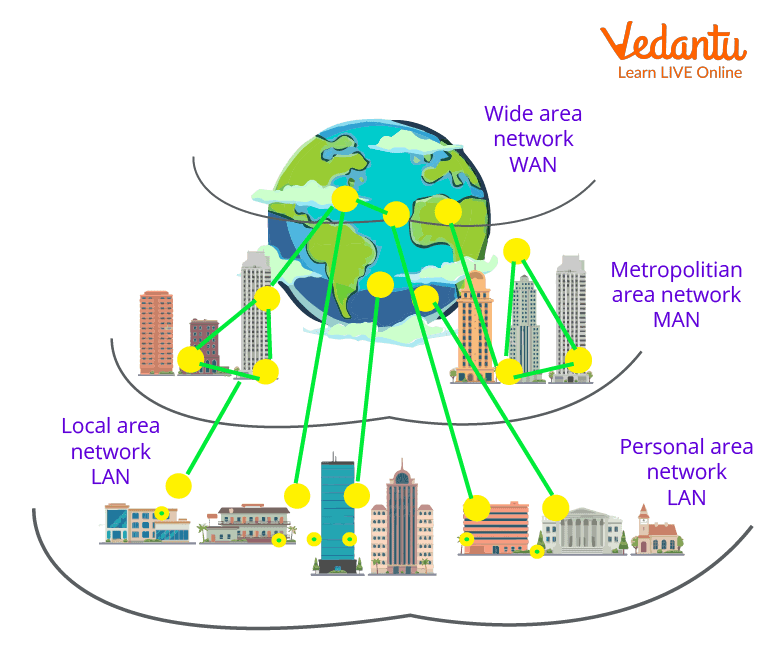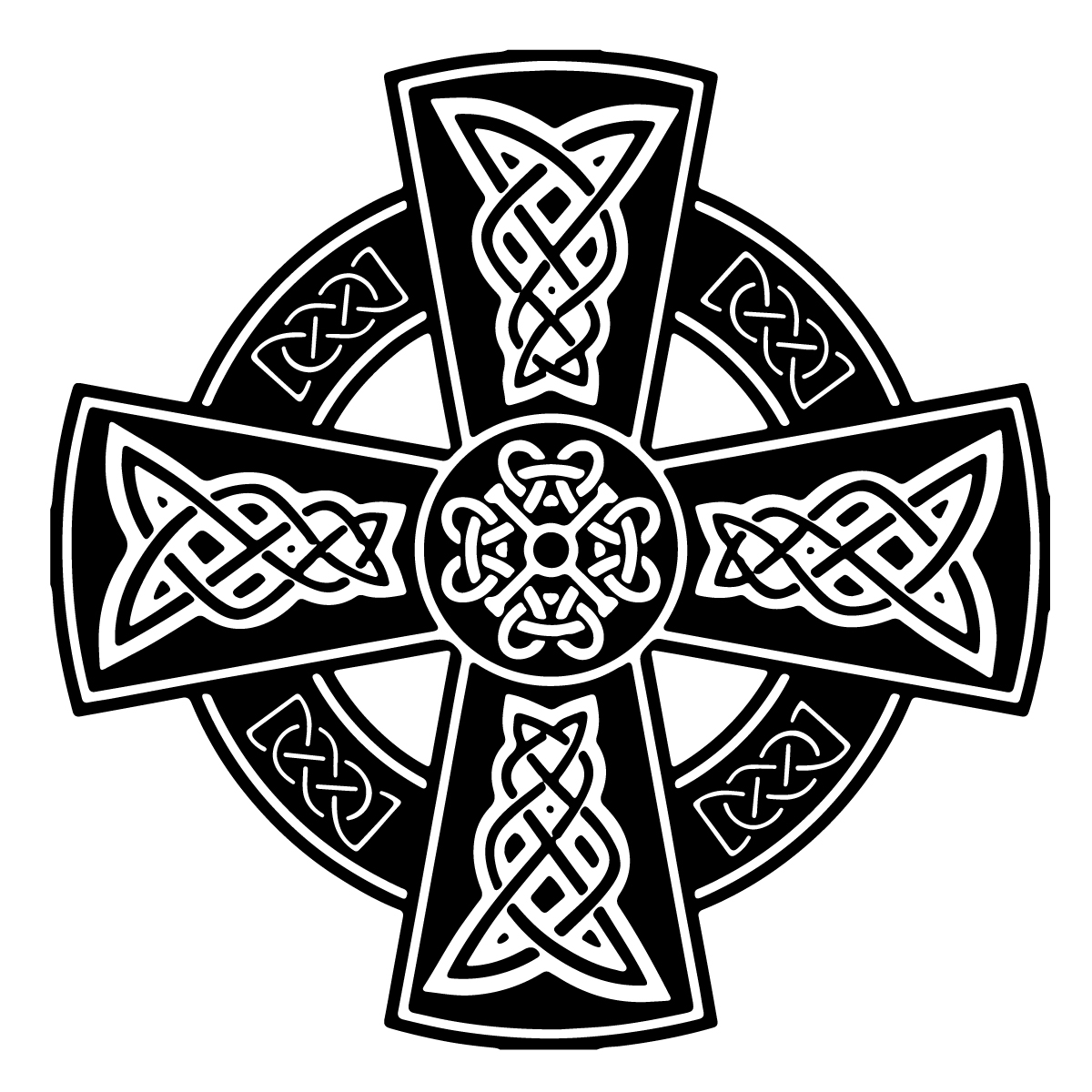Post by mac on Apr 8, 2023 22:13:46 GMT
What is LAN?
It is an abbreviation for Local Area Network. It connects various network devices in a way that the workstations and PCs (personal computers) can share programs, tools and data. A single switch or stack of various switches connects a group of various devices and computers together. They use a private addressing scheme that the TCP/IP protocol defines. The private addresses of every computer are unique in relation to one another. At every LAN's boundary, you will find routers that connect them all to a larger WAN.
The rate of data transmission is very high because it links to a very limited number of computers. These connections exhibit a higher speed and require relatively inexpensive hardware (for example, network adapters, hubs, Ethernet cables, etc.). A LAN covers a very small area of about a few kilometers, and people own them privately for home, office buildings, schools, hospitals, etc. It is very easy for people to design a LAN and maintain it. The communication medium that it uses has coaxial cables and twisted-pair cables. It also has minimal noise and error due to its short distance coverage.
Data rates in early LAN ranged from 4 Mbps to 16 Mbps. This speed extends to approx 100-1000 Mbps today. The LAN has a very short propagation delay. It relies typically on wired connections (to attain better security and speed), but it may also comprise wireless connections. The smallest of LANs may make use of just two computers and the larger ones may accommodate thousands of them. Users experience high fault tolerance and low congestion in a LAN network (like a few students playing together in the same room).
What is MAN?
It is an abbreviation for Metropolitan Area Network. It covers a smaller area than that of WAN and a larger area as compared to a LAN. A MAN basically connects two devices (or more) that reside apart but in the same or different cities. It may also serve as an Internet Service Provider (ISP) and it basically covers a larger geographical area. Customers that need a better speed and higher-quality connectivity opt for MAN. They are very hard to maintain and design; and their speeds range in terms of Megabytes Per Second (Mbps).
MAN shows lesser fault tolerance and more congestion in the network. It also exhibits a moderate rate of data transfer and propagation delay. A single organization may or may not own a MAN, as it is very costly. It makes use of devices like Cable/Wire and Modem for data transmission. A significant example of a MAN is those telephone company networks that are capable of providing high-speed lines (DSL) to a cable TV network or customers in any given city.
What is WAN?
It stands for Wide Area Network. It basically extends over large areas, but it might stay confined within a state or a country's boundaries. A connection of various LANs may also constitute a WAN. They may connect to each other using radio waves and telephone lines. A WAN typically may stay limited to any enterprise (an organization or a corporation) or may even be accessible to the general public. It comes with a technology that is very expensive and relatively high-speed.
WANs are basically of two types: Point-to-Point WAN and Switched WAN. It is also very difficult to maintain as well as design a WAN. The fault tolerance is also very less - just like MAN - and it brings more congestion in a network. The communication medium deployed for WAN is the Satellite Link or Public Switched Telephone Network (PSTN). The usual long-distance transmission leads to a higher error and voice in a WAN.
The data rate concerning a WAN is comparatively slower than LAN- about a tenth of its speed. It is because of the higher distance that it covers and more number of terminals, servers, etc. The speed of transmission may range in a WAN from a few Kbps (Kilobits per second) to Mbps (Megabits per second). One of the biggest issues that WAN faces is the propagation delay. A few devices that help in data transmission via WAN are: Satellites, Microwaves and Optic wires. One example of a Point-to-Point WAN is the dial-up line connecting any home computer to the Internet. One example of a Switched WAN is the ATM (Asynchronous Transfer Mode) Network.



It is an abbreviation for Local Area Network. It connects various network devices in a way that the workstations and PCs (personal computers) can share programs, tools and data. A single switch or stack of various switches connects a group of various devices and computers together. They use a private addressing scheme that the TCP/IP protocol defines. The private addresses of every computer are unique in relation to one another. At every LAN's boundary, you will find routers that connect them all to a larger WAN.
The rate of data transmission is very high because it links to a very limited number of computers. These connections exhibit a higher speed and require relatively inexpensive hardware (for example, network adapters, hubs, Ethernet cables, etc.). A LAN covers a very small area of about a few kilometers, and people own them privately for home, office buildings, schools, hospitals, etc. It is very easy for people to design a LAN and maintain it. The communication medium that it uses has coaxial cables and twisted-pair cables. It also has minimal noise and error due to its short distance coverage.
Data rates in early LAN ranged from 4 Mbps to 16 Mbps. This speed extends to approx 100-1000 Mbps today. The LAN has a very short propagation delay. It relies typically on wired connections (to attain better security and speed), but it may also comprise wireless connections. The smallest of LANs may make use of just two computers and the larger ones may accommodate thousands of them. Users experience high fault tolerance and low congestion in a LAN network (like a few students playing together in the same room).
What is MAN?
It is an abbreviation for Metropolitan Area Network. It covers a smaller area than that of WAN and a larger area as compared to a LAN. A MAN basically connects two devices (or more) that reside apart but in the same or different cities. It may also serve as an Internet Service Provider (ISP) and it basically covers a larger geographical area. Customers that need a better speed and higher-quality connectivity opt for MAN. They are very hard to maintain and design; and their speeds range in terms of Megabytes Per Second (Mbps).
MAN shows lesser fault tolerance and more congestion in the network. It also exhibits a moderate rate of data transfer and propagation delay. A single organization may or may not own a MAN, as it is very costly. It makes use of devices like Cable/Wire and Modem for data transmission. A significant example of a MAN is those telephone company networks that are capable of providing high-speed lines (DSL) to a cable TV network or customers in any given city.
What is WAN?
It stands for Wide Area Network. It basically extends over large areas, but it might stay confined within a state or a country's boundaries. A connection of various LANs may also constitute a WAN. They may connect to each other using radio waves and telephone lines. A WAN typically may stay limited to any enterprise (an organization or a corporation) or may even be accessible to the general public. It comes with a technology that is very expensive and relatively high-speed.
WANs are basically of two types: Point-to-Point WAN and Switched WAN. It is also very difficult to maintain as well as design a WAN. The fault tolerance is also very less - just like MAN - and it brings more congestion in a network. The communication medium deployed for WAN is the Satellite Link or Public Switched Telephone Network (PSTN). The usual long-distance transmission leads to a higher error and voice in a WAN.
The data rate concerning a WAN is comparatively slower than LAN- about a tenth of its speed. It is because of the higher distance that it covers and more number of terminals, servers, etc. The speed of transmission may range in a WAN from a few Kbps (Kilobits per second) to Mbps (Megabits per second). One of the biggest issues that WAN faces is the propagation delay. A few devices that help in data transmission via WAN are: Satellites, Microwaves and Optic wires. One example of a Point-to-Point WAN is the dial-up line connecting any home computer to the Internet. One example of a Switched WAN is the ATM (Asynchronous Transfer Mode) Network.






